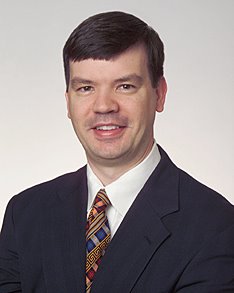The suggestions of the United States Preventive Services Task Force (USPSTF) regarding mammograms and breast self-exam have touched off a hornet's nest (to say the least). The new guidelines recommend that women in their 40s no longer have annual mammograms and that women ages 50 to 74 have them only every other year instead of annually. After having the message drummed into American women that they HAVE to have a mammogram annually starting at age 40, why the change in advice?
The task force report explains that for every 1,000 women in their 40s who receive routine mammograms, only two cases of cancer are detected. Alongside this is the fact that 98 women will also have "false positives" mammograms which will detect something that possibly looks like cancer, but that further testing shows actually is not. The cost and morbidity of routine mammography of the population (and the subsequent workup of such lesions) therefore brings the issue of cost-effectiveness of the program into question.
Last month I wrote a post "The Return of the weregild" discussing how the cost of healthcare gets into the accounting practices of establishing how much a life is worth to society and how much we can afford in support of such a life. Although downplayed by the USPFTF, this actuarial view played some role in the decision. It is my opinion that this is actual the thoughtful way we'll have to address health care spending. Although no one wants the heath care curve "bent" at their expense, you have to look at cost/benefit of practices to the system to control spending and give yourself the biggest bang for the buck for your tax dollars.
If you step back from the hysteria, I don't particularly find the recommendations controversial. It actually reflects the world consensus re. mammograms that mammograms in younger women (<50) are a poor way to affect how many women actually die from breast cancer (the whole point of screening). No other western nation practices routine mammograms under 40 that I'm aware of (and hasn't for some time) looking at this same data. If you're going to screen younger women it needs to be done more selectively to those with strong family history or palpable abnormalities that require further workup. This is exactly what's endorsed by USPFTP and should be a model of thoughtful care for patients going forward.
My first though re. this report was actually that "I wonder how long it's going to be before insurers adopt this" and require certain guidelines be met for women less then 50 perscribed a mammogram. It didn't take long as some HMO's have said they're reviewing their policies in light of this. If you're interested there's a short article on that issue in today's New York Times.
Rob Oliver Jr.
Subscribe to:
Post Comments (Atom)







2 comments:
MediaCurves.com conducted a study among 600 about the new guidelines released by the Preventive Services Task Force of the Department of Health and Human Services recommending against regular mammography tests for women under 50 years old. Results found that the majority of physicians (78%) reported that they do not agree with the new guidelines. Furthermore, the majority of physicians (78%) also reported that the advice they give to patients will not change based on the new Preventive Services Task Force of the Department of Health and Human Services guidelines.
More in depth results can be seen at:
https://www.mediacurves.com/HealthCare/J7646-MammogramGuidelines/Index.cfm
Thanks,
Ben
The thing that drives me mad with this is the insistence that decreased mammograms is OK because everyone would be getting clinical breast exams annually. Most women get these exams during their pelvic exam -- which have now been recommended to be decreased. All of this is ridiculous!
Post a Comment